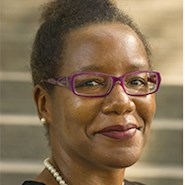Edited by Margaret M. Mitchell
Future World Vision is a major global initiative of ASCE that is designed to transform the way we think about our cities and the built infrastructure. As part of the Future World Vision initiative, ASCE has developed and recently launched Mega City 2070, an immersive desktop platform that incorporates and visualizes the foundations of engineering, civic design, community infrastructure, and social systems. The initiative also encompasses other future cities, including Floating City, which is in the prototype stage, as well as Off-Planet City, Rural City, and Frozen City, which are in conceptual stages.
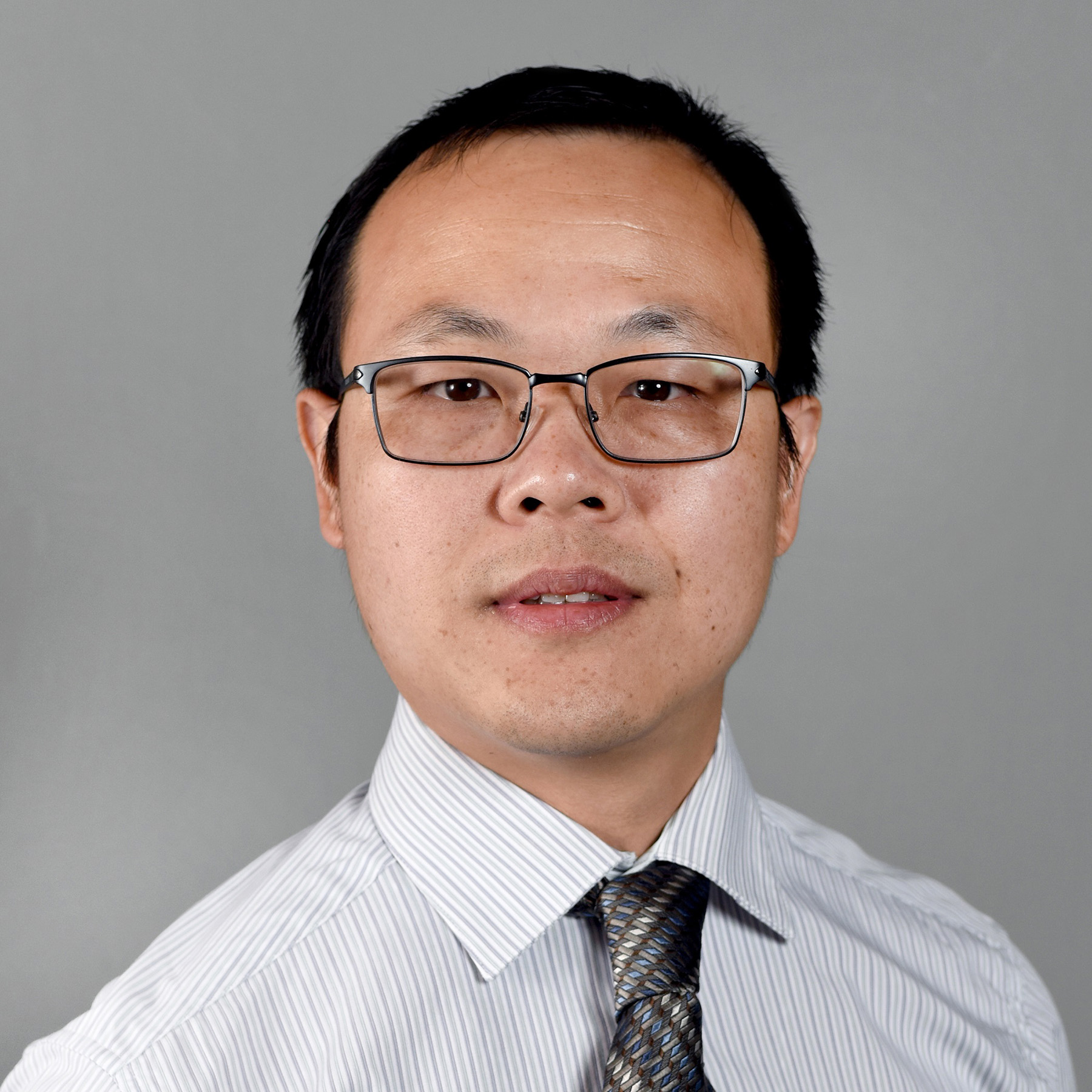
Mega City 2070 allows users to not only imagine but also explore realistic future cities, looking ahead as many as 50 years. The platform is designed for a host of users and learning experiences, providing an innovative way to digitally investigate various aspects of a future world.
In May, ASCE hosted Application of ASCE Future World Vision in Academia: A Webinar for Faculty Members, during which professors Pingbo Tang, Ph.D., P.E., M.ASCE, and Mehmet E. Ozbek, Ph.D., A.M.ASCE, discussed ways they have incorporated the platform into their curricula at the undergraduate and graduate levels.
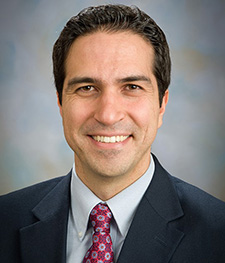
Tang is an associate professor in the Department of Civil and Environmental Engineering at Carnegie Mellon University and the vice chair of the ASCE Computing Division Executive Committee. Ozbek is a professor and the holder of the Joseph Phelps Endowed Chair in the Department of Construction Management at Colorado State University. He also holds a courtesy appointment in the Civil and Environmental Engineering Department and is an affiliated faculty member of the Center for Sustainable and Intelligent Transportation Systems as well as the School of Global Environmental Sustainability at CSU.
Tang and Ozbek discuss their curriculum-integration methods with Civil Engineering.
Why have you chosen to add the Future World Vision: Mega City 2070 desktop platform to your curricula?
PT: I would like to expose students to real-world problems and develop their ‘engineering’ sense. When I say engineering sense, I mean the ability to observe real-world facts, identify practical problems, synthesize underlying scientific and engineering challenges, determine or engineer new solutions from existing technologies, and test to what extent the solutions work. Mega City 2070 is an ideal platform to develop engineering sense because it allows students to observe the components of a future city and start the process of defining and then solving an engineering problem.
The platform also provides reference resources for students to explore, such as videos from domain experts, about particular issues and technologies. And it also affords them opportunities to develop their oral and written communication skills on its community discussion board by posting questions, comments, ideas, and answers to existing questions. Such communication and community engagement capabilities are critical for students to learn to work as a team, complementing one another’s knowledge and skills.
MO: In 2021, I was selected to represent ASCE’s Construction Institute on the Institutes’ Task Committee on Future World Vision. This was an advisory committee formed by ASCE to prepare Future World Vision, specifically Mega City 2070, for its public release. As such, I had the unique experience and pleasure of working with other domain experts in providing input during the development of Mega City 2070. During that process, I quickly realized that the platform has huge potential to be a game-changer in the education of the next generation. This is mainly because it is an incredibly powerful tool to promote critical thinking in the classroom. Critical thinking is one of the most important skills that we educators can hope our students develop during their college education so that they can contribute to society as soon as they graduate.
What classes do you (or will you) use the platform in?
PT: I use it in CEE 12-711 Building Information Modeling for Engineering, Construction, and Facility Management, which is a graduate-level course.
MO: Quite frankly, I will be using it in all the classes I teach, both at the undergraduate and graduate levels. That flexibility is actually one of my favorite things about the platform. Mega City 2070 includes about 350 ideas, named as callouts in the platform, that not only touch every aspect of civil engineering but also extend to other disciplines such as aerospace engineering, electrical engineering, computer sciences, biotechnology, health care, finance, agriculture, and so on. As such, it lends itself to being used in any topic area offered in the college curriculum both within the civil engineering discipline and beyond, promoting interdisciplinary discussions.
How are you using (or will you use) the platform in your classes?
PT: I designed a semester-long project, the goal of which is for student teams to demonstrate how building information modeling is used in a future city, inspired by Mega City 2070. The project encompasses five assignments and incorporates various data, sensing, information modeling, and artificial intelligence techniques from my lectures. For assignment 1, student teams explore Mega City 2070 and identify which one of the five topic filters they want to be the focus of their project. They must also explain why they chose it. The topic filters are Construction + Materials; Energy + Utilities; Structure + Architecture; Transportation; and Water, Waste + Environment. Most of my students choose Construction + Materials since this is a construction and facility management class.
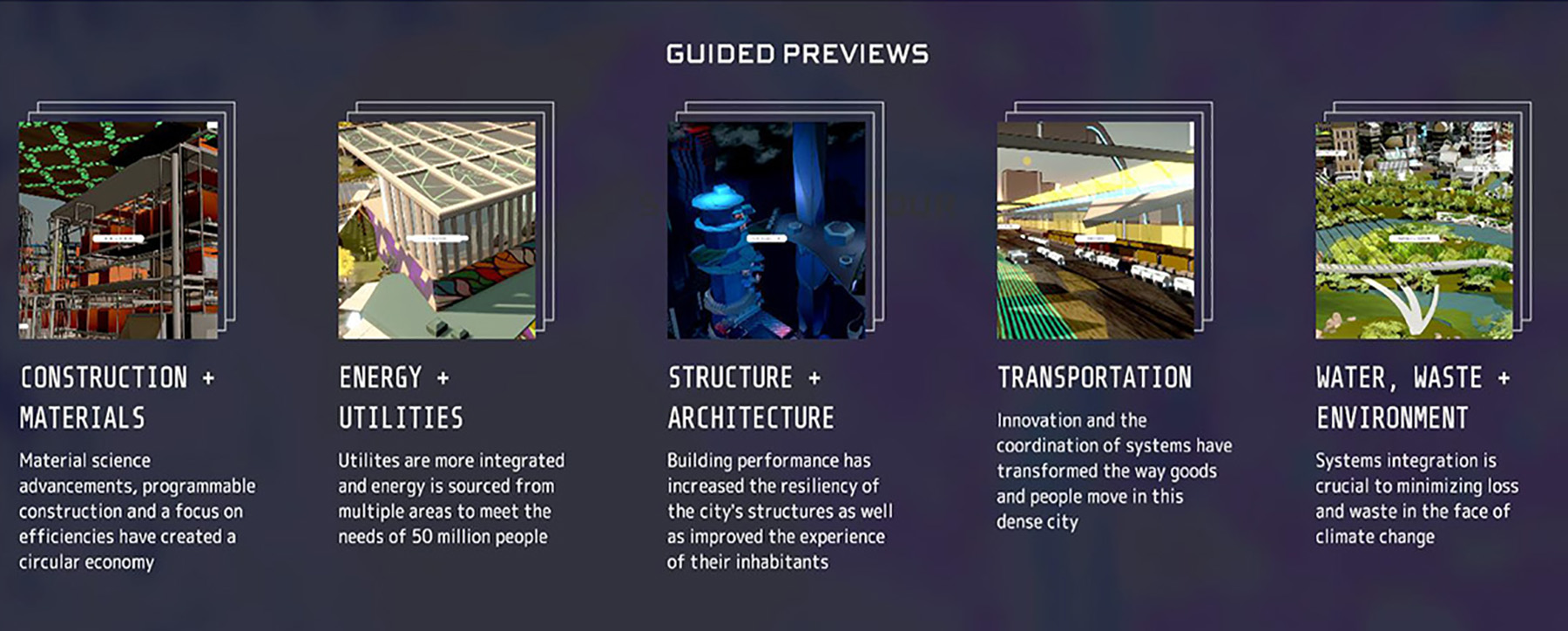
The remaining assignments guide them as they clarify the practical problem and scientific or engineering challenges (assignment 2), recognize solutions and their limitations or the risks of using these solutions in practice (assignment 3), and synthesize a new solution based on an analysis of an existing solution’s limitations. They use literature or data to show the potential of that new solution (assignment 4) and summarize the whole project into a comprehensive report that proposes a new solution for an existing practical problem. All students present their findings to their peers and leaders in the civil engineering domain (assignment 5).
These assignments — and the project as a whole — help develop their engineering sense, which I explained earlier.
MO: I have identified a few ways to use it, from the low-hanging-fruit, quick-and-short in-class activities to the more involved class projects. One activity I have planned is to show the relevant callouts from the platform during class and facilitate in-class discussions about the ideas presented in those callouts. Callouts include the topics Multi-Directional Elevators, Programmable Construction Sites, Automated Road Maintenance, and Buildings That Build Themselves, among others.
The discussion will focus on the advantages and disadvantages of the idea or topic shown, with students commenting on the impact of that idea on sustainability, for example. This is a very simple in-class activity that can be conducted frequently throughout the semester to engage and energize students. The discussion can easily be related to the course content that is being covered at a given time. For example, the callout Programmable Construction Sites can be shown while covering construction methods or productivity. This activity will promote critical thinking and encourage students to share their ideas and thoughts with their peers.
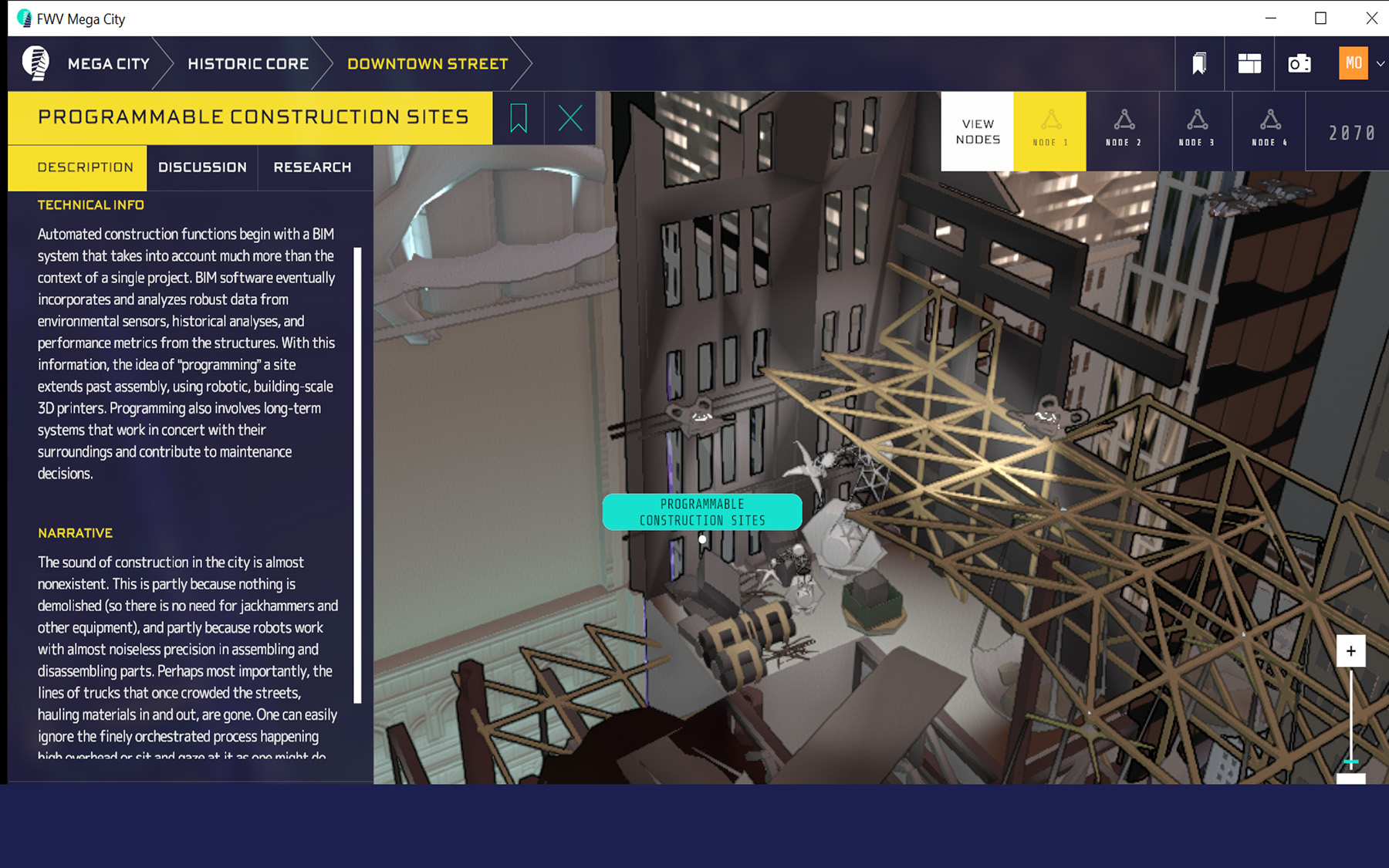
Another activity is a slight variation of the first. In this case, instead of conducting in-class discussions, as a homework assignment, students will have to engage in a conversation on the platform’s discussion board for a given callout. Different from the first activity, students will perform basic research to be able to engage in written discussions with other users of the platform.
A third activity I have designed is more involved and takes a full semester. For this exercise, they will pick a few callouts and perform thorough research to write a term paper and develop a class presentation. This presentation would require them to find the current research on the ideas presented in the callouts and discuss the feasibility of the ideas in 50 years, as depicted in the platform.
A slight variation of this activity would be to ask the students to identify and discuss what needs to be done now to plan for the ideas existing in Mega City 2070. This activity would make an effective term project for a course that covers trends and new technologies in the architecture, engineering, and construction fields, or it can even supplement the project assignment in a capstone course. In addition to promoting critical thinking, this activity will require students to perform a good amount of research and engage in written and verbal communication as well as in group work.
By the way, most of these activities can be implemented at the undergraduate and graduate levels, making the platform a versatile tool for faculty members.
How will this platform prepare graduates to advance and innovate in the AEC fields or in research?
PT: The engineering sense developed in this course is critical for engineering and project management students to learn to pinpoint real problems and think deeper about how these problems connect to the scientific principles of structures, project management, and sustainable development. The platform allows them to examine and reflect on various practical issues and discern how to link them to their technical and theoretical studies. Such experiences are essential to motivate them to pursue some topics further and continue conducting engineering research with the end user in mind.
MO: Mega City 2070 is about depicting a plausible city in the future built around some very ‘out there’ ideas that are based on research and informed speculation. As such, by its very nature, it makes the user ponder the viability of those ideas. Additionally, sustainability is a central theme in Mega City 2070. Given these, this platform is designed to engage a new generation of students who embrace technology and are passionate about making the world better and help them become the next generation of AEC professionals who are open-minded, critical thinkers and who embrace the idea of planning far into the future.
What advice do you have for educators who wish to incorporate the platform into their coursework?
PT: I would suggest starting with something small, maybe integrating some materials from Mega City 2070 incrementally into the existing course materials, which makes the work less prohibitive and gives students time to test their ideas and adjust for future semesters. Trying to fully change the course will be hard, but they could plug in some existing modules of Mega City 2070 to show how the materials taught in class have implications in future cities.
MO: Mega City 2070 provides educators with many opportunities to enrich the curriculum and engage students. It is up to us educators to make use of this platform and encourage our students to make use of it to get the most out of it. And to be able to do that we need to familiarize ourselves with the platform. So, take some time out of your schedules to download and experiment with it or have a family Mega City 2070 night to navigate the platform and have discussions. My 8-year-old is obsessed with it!
Believe me, you will enjoy every moment of visiting this virtual future city and more than likely come up with your own great ways to incorporate it into your classes!
ASCE has given us an incredible gift to add to our tool belts. On behalf of college educators, I would like to thank ASCE for developing this powerful platform, which will help us immensely in educating the next generation of professionals.
Margaret M. Mitchell is the managing editor of Civil Engineering.
This article first appeared in the September/October issue of Civil Engineering as “Mega City 2070 Empowers Students to Imagine a Future World.”
Want to talk to the professors? Email Tang at [email protected] and Ozbek at [email protected].
To download the Future World Vision: Mega City 2070 platform; watch the webinar; learn about the standalone, on-demand course Visualizing Research to Spark Innovation: Introduction to Scenario Planning and Visualization Tools for the Built Environment; and view other resources, visit futureworldvision.org.
ASCE has also developed an online community of academics who are interested in or already have integrated Future World Vision into their coursework. For more information, contact Muhammad Amer, ASCE managing director, T&DI & Future World Vision at [email protected].



